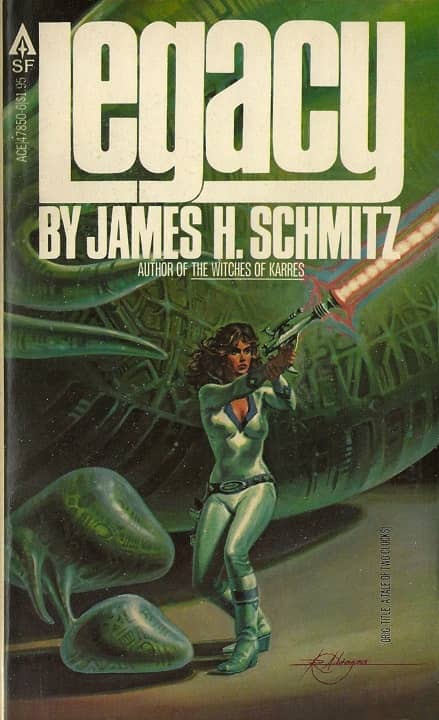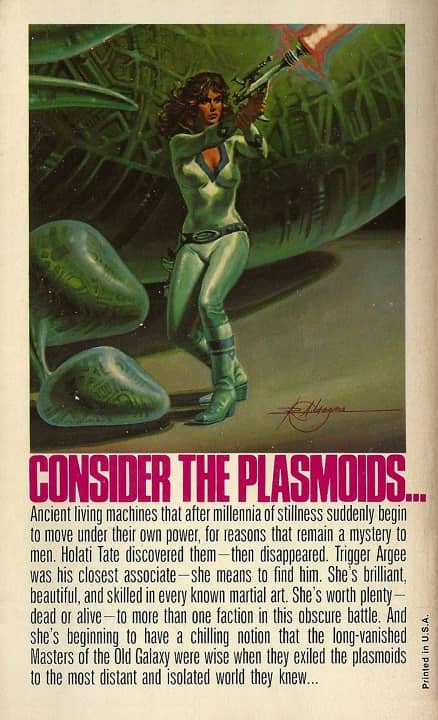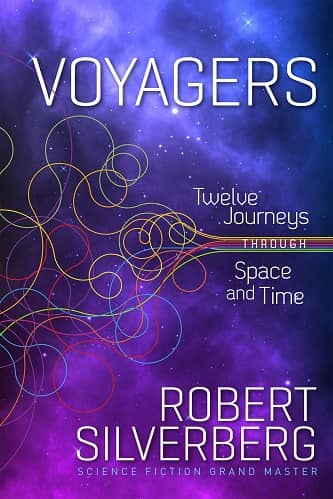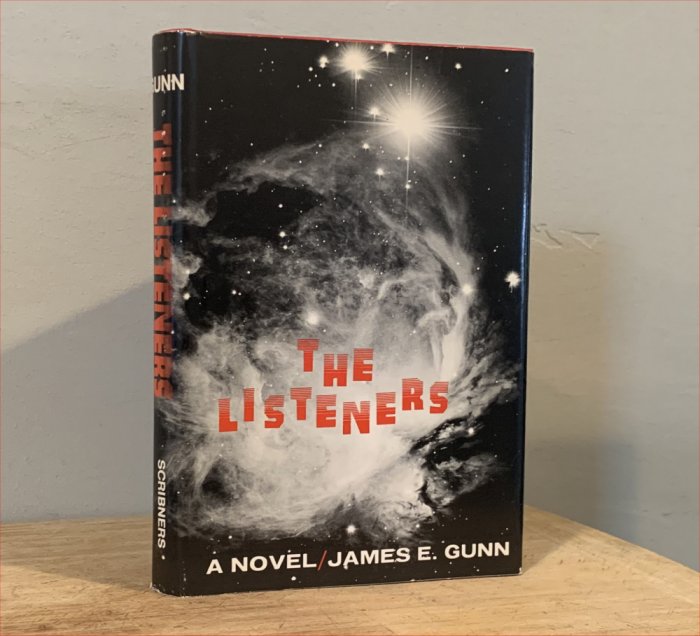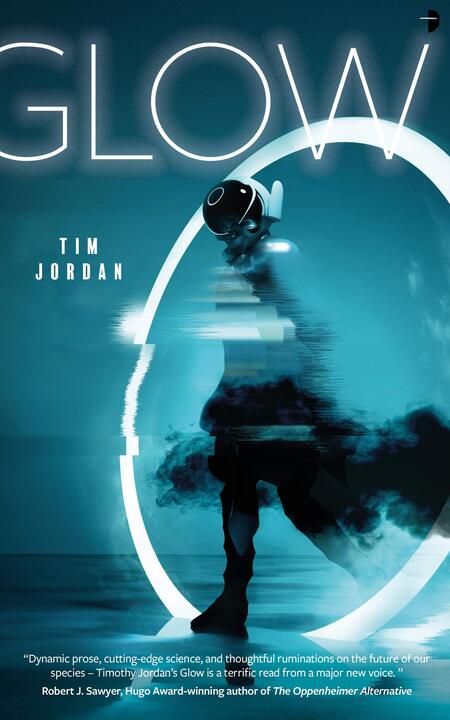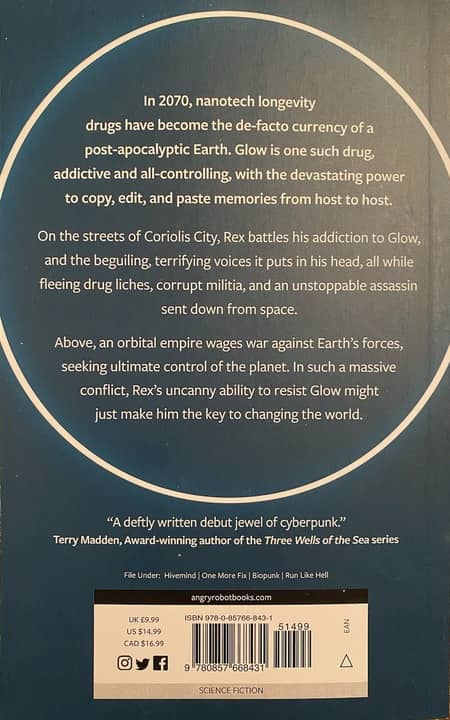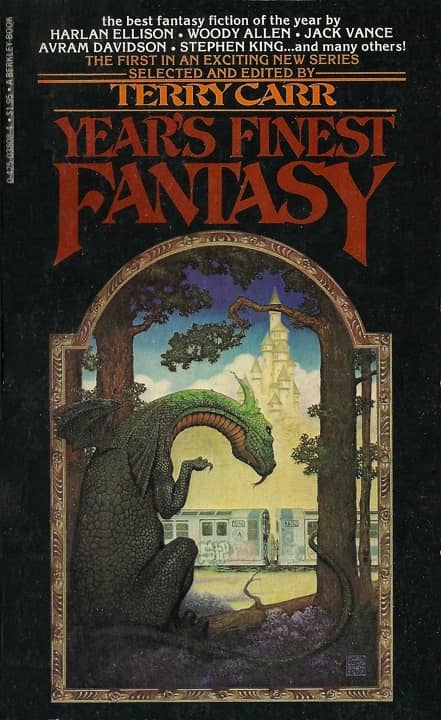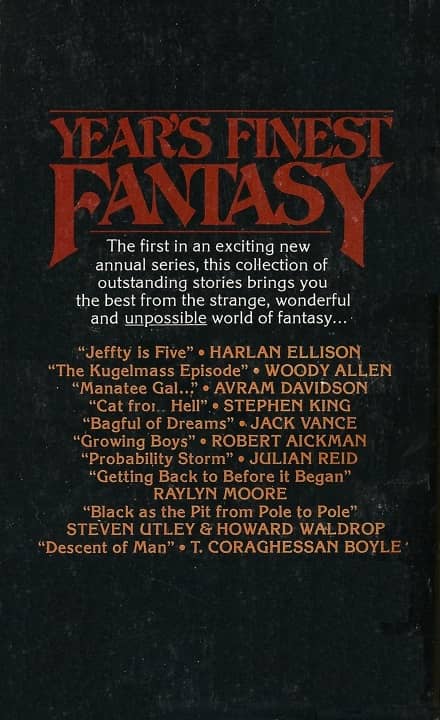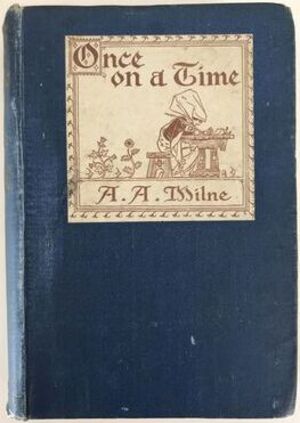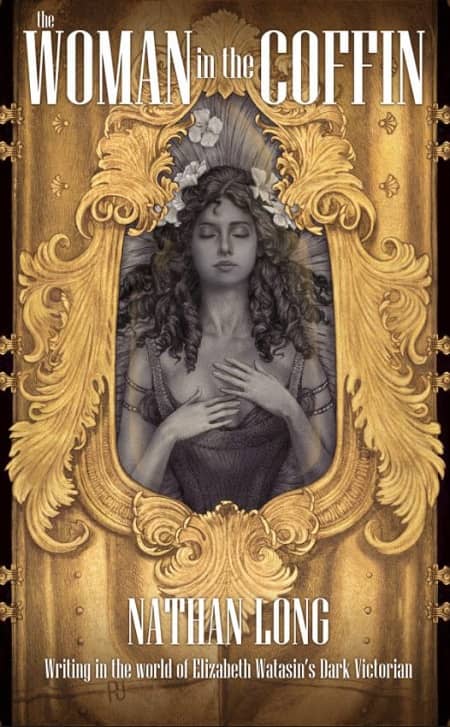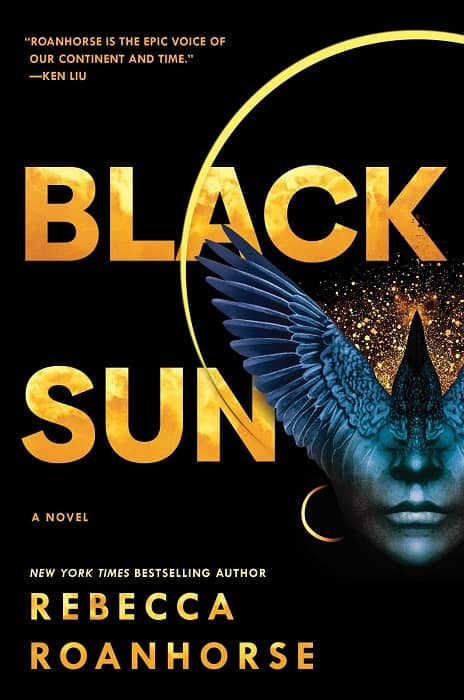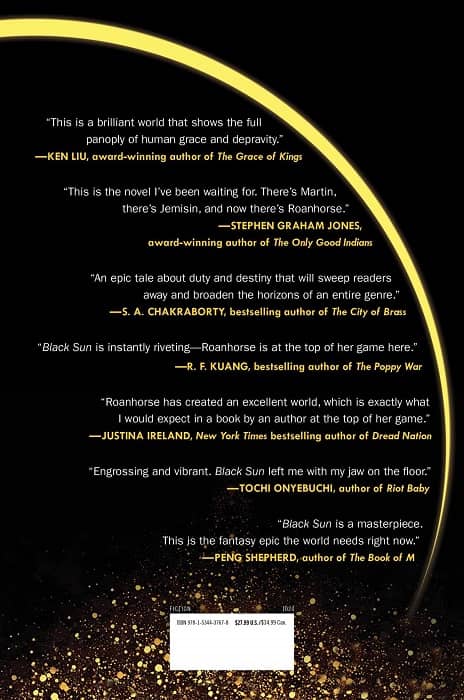New Treasures: The Best of Walter Jon Williams
 |
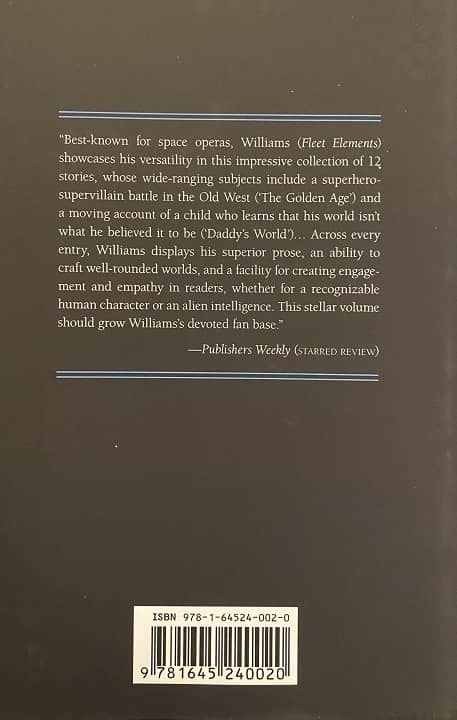 |
The Best of Walter Jon Williams (Subterranean Press, February 28, 2021). Cover by Lee Moyer
Walter Jon Williams began his writing career in the early 80s designing games for Fantasy Games Unlimited, most notably the Age of Fighting Sail role playing game Privateers and Gentlemen (1983). He had more success with science fiction in the following years, and his work — especially his novellas, which he’s justly famous for — have been nominated for numerous awards. With The Best of Walter Jon Williams, Subterranean Press has produced one of the most important collections of the year, gathering the most vital work of one of the most successful short fiction writers in the field. Here’s the jacket copy.
With the publication of his debut novel, The Privateer, in 1981, Walter Jon Williams began one of the most varied and prolific careers in contemporary popular fiction. His work encompasses cyberpunk (Hardwired), military SF (The Dread Empire’s Fall series), humor (The Crown Jewels), even disaster fiction (The Rift). But much of Williams’s best work takes place in the shorter forms, as this generous volume, filled to overflowing with award-winning and award-nominated stories, clearly proves.
With one exception, The Best of Walter Jon Williams reflects its author’s affection for — and mastery of — the novella form. That exception is “The Millennium Party,” a brief, brilliant account of a virtual anniversary celebration unlike any you have ever imagined. Elsewhere in the collection, Williams offers us one brilliantly sustained creation after another. The Nebula Award-winning “Daddy’s World” takes us into a young boy’s private universe, a world of seeming miracles that conceals a tragic secret. “Dinosaurs” is the far future account of the incredibly destructive relationship between the star-faring human race and the less evolved inhabitants of the planet Shar.
“Diamonds from Tequila” is a lovingly crafted example of SF Noir in which a former child actor attempts a comeback that proves unexpectedly dangerous. “Surfacing” is a tale of alienation featuring a research scientist more at home with the foreign and unfamiliar than with the members of his own species. Finally, the magisterial “Wall, Stone, Craft” offers a brilliantly realized alternate take on a young Mary Godwin, future creator of Frankenstein, and her relationships with the poets Percy Bysshe Shelley and Lord Byron, culminating in the creation of a monster who would “stalk through the hearts of all the world.”
These stories, together with half a dozen equally substantial tales, are the clear product of a master craftsman with a seemingly limitless imagination.
The Best of Walter Jon Williams contains eleven novellas and one short story, plus an introduction by Daniel Abraham (one half of the joint-pseudonym James S.A. Corey), and Williams’ extensive Story Notes (13 pages). Here’s the complete Table of Contents.
